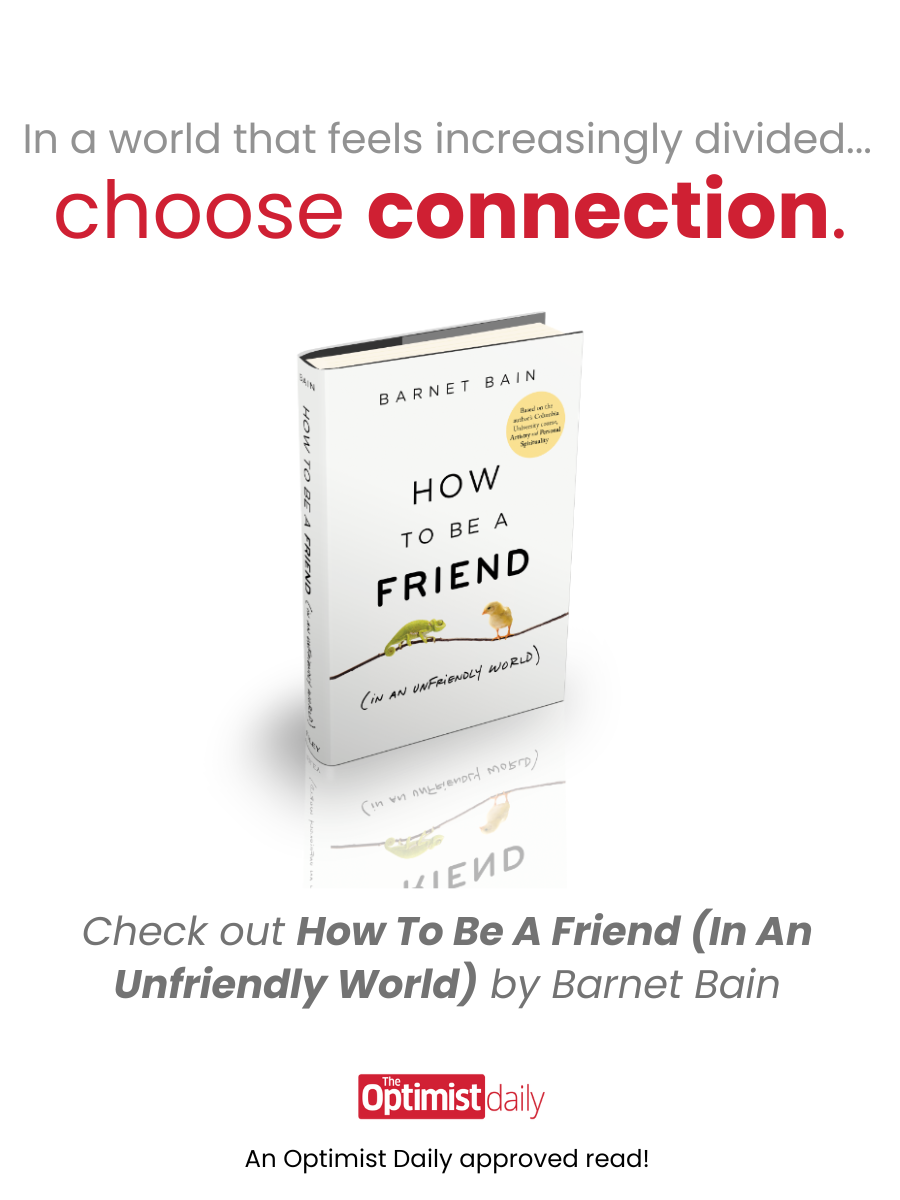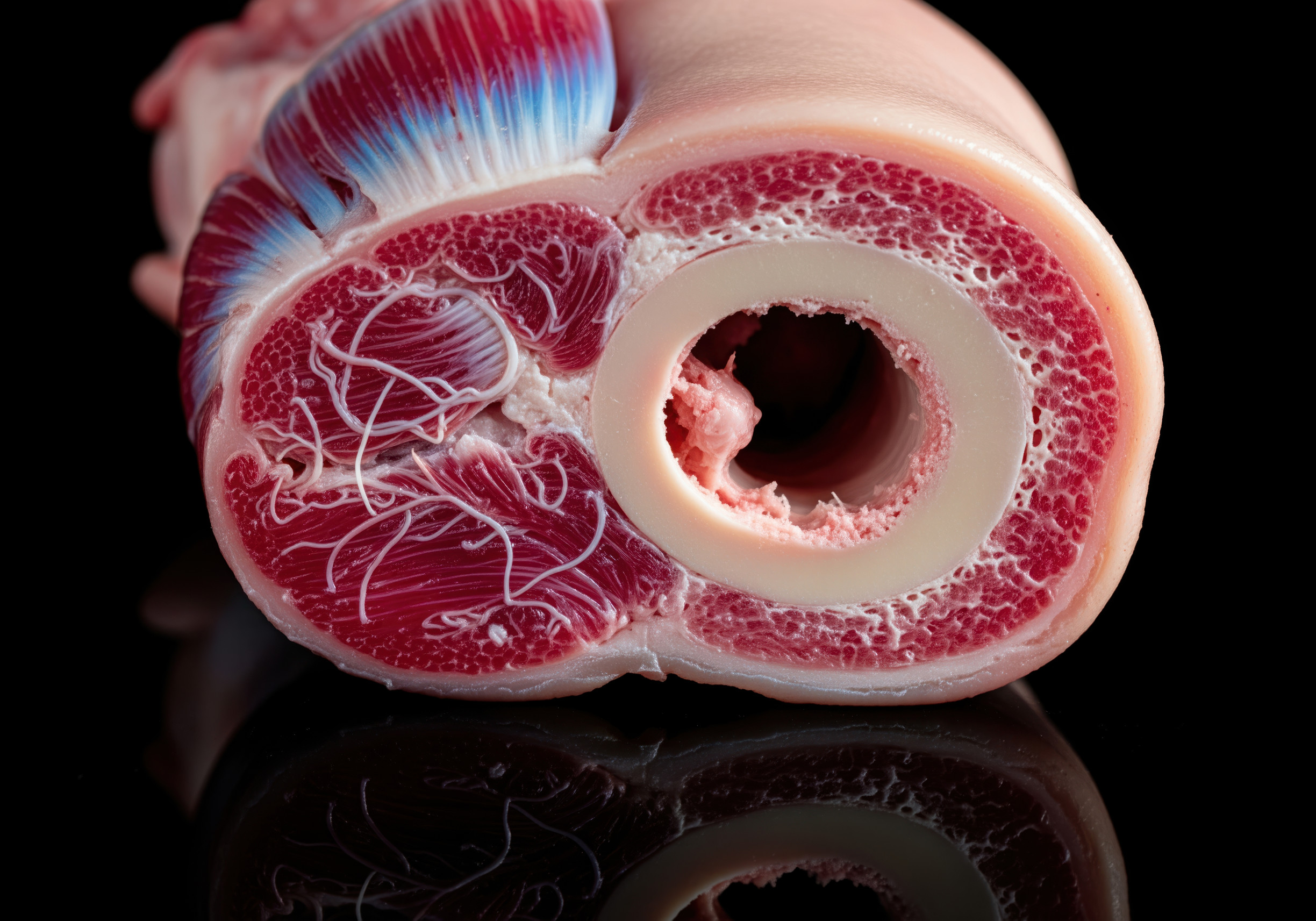The human body of the near-future will have spare parts in case anything is damaged. At Wake University in North Carolina, researchers say they have created a 3D printer that can produce organs, tissues and bones that could theoretically be implanted into living humans. 3D printers extrude layers of materials in a very precise pattern through a computer-controlled nozzle to make almost anything, but instead of using molten plastic or metal, Wake Forest’s printer uses what are called hydrogels—water-based solutions containing human cells. Hydrogel, along with the use of other biodegradable materials, can be used to make these replacement body parts safe and strong. So far the researchers have created an ear and a jaw bone that could be implanted into humans, and according to the researcher’s recent paper, the printed products showed no signs of necrosis, or cells dying in the tissue when tested. For all those waiting for a transplant, this could potentially be just what they need to get them healed faster.
This 3D printer creates human muscles and tissues that could actually replace real ones
More of Today's Solutions
Vision board ideas for adults: how to create one that inspires real change
BY THE OPTIMIST DAILY EDITORIAL TEAM A vision board might look like a crafty throwback to childhood afternoons spent collaging. But don’t write it ...
Read MoreIndia’s social experiment: how paying women directly reshapes welfare, autono...
BY THE OPTIMIST DAILY EDITORIAL TEAM Across India, millions of women now receive a modest but unwavering deposit each month into their bank accounts. ...
Read MoreNew Zealand’s groundbreaking shift to renewables promises massive emiss...
New Zealand launched its most ambitious emissions reduction initiative to date in an incredible undertaking. The government announced a historic switch from coal to ...
Read MoreGoing for the goal: the impact of team sports on boosting young girls’ ...
In a pioneering study, the Here for Every Goal report demonstrates that team sports, particularly elite women's soccer (referenced from here on in this ...
Read More









